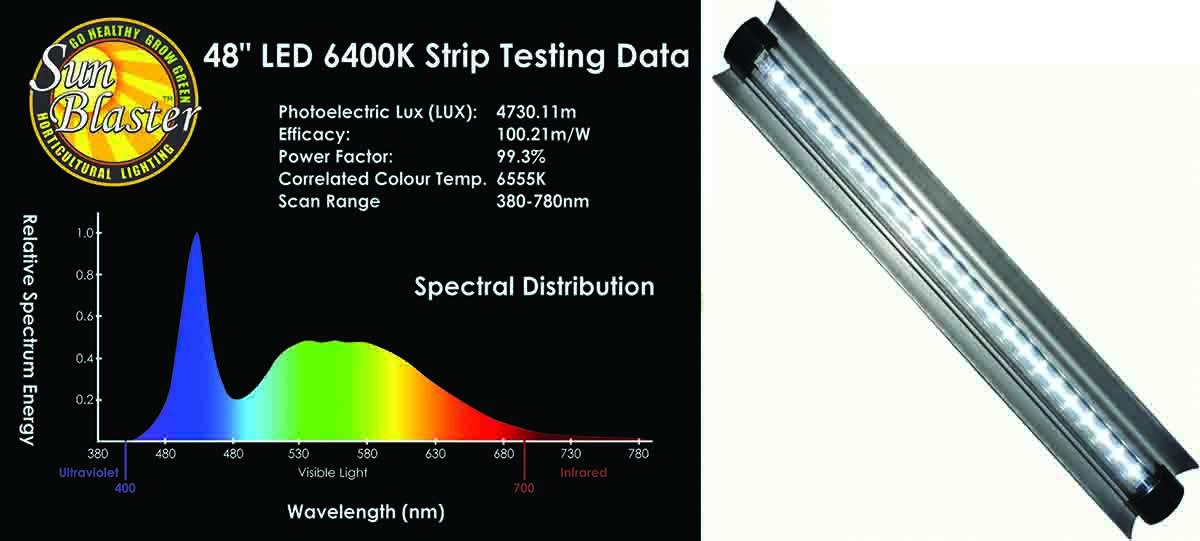004 Light: I'm So Excited!
Light is essential for all life on Earth. Without the fusion energy of our Sun and photosynthesis, the Earth would be a lifeless rock. When it comes to growing plants, choosing the right plants for your lighting conditions is one of the most important things to consider. Some plants enjoy full sun while other do not. Also, what about growing plants indoors with artificial lighting? In this episode we explore this aspect of gardening with the help of Kim Kendal from SunBlaster Lighting in Langley, British Columbia, Canada.
Kim Kendal
Horticulturalist, SunBlaster Lighting
"I am a third generation greenhouse brat and the guy that grows everything around here. The pictures [below] show just a small part of my office, excuse the mess, as I was planting microgreen trays, and 1020 trays for veggies and salad greens. We sell to the home gardener and all the way up to Commercial greenhouse and CEA operations (Controlled Environment Agriculture)."
A Sample Spectroradiometer Graph
The Types of Light
Full Sun – The plant will need at least 6 hours of direct sunlight to perform. Sometimes the symbol of a yellow sun will be used.
Part Sun or Part Shade – The plant prefers 3 to 6 hours of sunlight. Sometimes the symbol of a sun half yellow and half grayed-out will be used.
Shade or Full Shade – The plant prefers or can survive with less than 3 hours of sunlight. Sometimes the symbol of a grayed-out sun is used.
The Types of Shade
Dappled Shade is produced by trees and creates an ever-moving pattern of sun/shade. High canopied trees or small leaved trees such as honey locusts provide this type of shade. It provides the widest range of gardening options for growing both shade and sun-loving plants.
Open Shade describes a north-facing yard. The shade is often cast by a wall, fence or building. The amount of shade is determined by the season, making it a challenge for plant selection. Plants get no more than 3 to 4 hours of shade.
Medium Shade is created where open shade is further obscured by trees in the landscape. Medium shade also occurs under decks and south-facing entrances with no direct sun due to structures or trees. Plants get about 4 to 6 hours of shade per day.
Dense Shade is the deepest shade, and found where tall walls and fences block out all but the narrowest strips of light. Dense shade can also occur under trees with dense foliage such as maples and some conifers. Plant selection for dense shade is very limited. Sod thinning is a major problem in this type of shade. Plants receive no direct sunlight.
Garden Wisdom
The glory of gardening: hands in the dirt, head in the sun, heart with nature. To nurture a garden is to feed not just the body, but the soul.
-Alfred Austin
Music by Lee Rosevere is licensed under a Attribution License.









